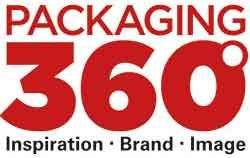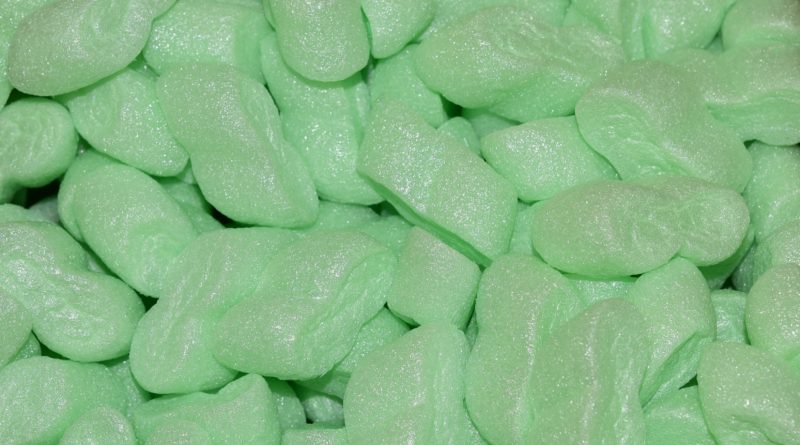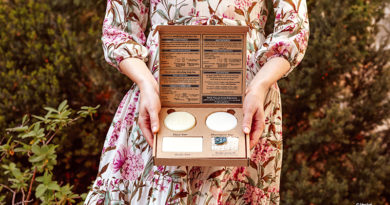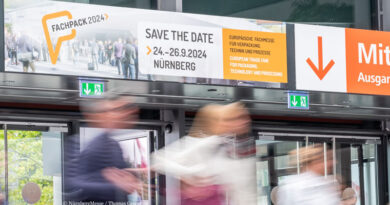Paper, airbags and foam materials
When packaging various products, but especially when shipping them, it is often impossible to do without cushioning and fillers. The reason for this is that they protect the products against shock and vibration damage, against scratching, breakage, and sometimes also against damp and moisture.
In the Middle Ages, high-value, fragile goods made of glass and porcelain were embedded in butter to protect them against transport damage. This is where the German saying “it’s all in butter” (meaning everything is fine) comes from. Today, on the other hand, there is a range of more practical, more hygienic and, if required, more visually appealing cushioning and filling materials.
Foam materials
Diverse foam materials made of polystyrene, polyethylene or polyurethane are often used for the initial packaging of above all high-grade and delicate consumer goods. Because they are made to match the product size, they enclose the product body tightly and securely. The precisely fitting polystyrene blocks used to fix and protect electrical appliances in their packaging are a common example of this. Alongside polystyrene, other foam materials with different densities and degrees of hardness are also used for the same purpose.
ADVERTISEMENT
 FachPack is where you’ll find the right kind of suppliers for the customised solution that you need, regardless of industry segment. More information can be found here.
FachPack is where you’ll find the right kind of suppliers for the customised solution that you need, regardless of industry segment. More information can be found here.In addition to packaging and cushioning films of various thicknesses, foam materials are also used to make bulk chips and flips that can be used to fill open spaces in shipping packaging quickly and easily. The advantage of chips and flips is their low weight. These chips and flips, which are often made of polystyrene, are now offered as an alternative to biodegradable plant starch, such as corn starch. In addition, foam bags of different sizes are used, which are only activated when required. They contain two liquid components that combine to form a foam.
Airbags and air cushion films
The airbags/cushioning products available in various sizes for air cushioning and filling empty spaces are extremely light. These plastic bags are reusable and shrink to only about one to two percent of their residual volume when disposed of. They are usually made of polyethylene and are recyclable. Here, too, there are now variants made of compostable materials such as potato starch. The same applies for air bubble films (bubble wrap), which are available on the market with differently sized air bubbles.
Paper and corrugated board
And finally, paper is valued as a sustainable filler and cushioning material. For this purpose, single-layer or double-layer kraft paper is crumpled or wound manually or mechanically or formed into ribbons by machines. This “bogus paper” consists of 100 percent (unsorted) recycled paper. Corrugated board is also crumpled and wound for cushioning and filling. Blocks of glued corrugated board are also made. Cushioning made of old cardboard that can be reused several times and for which a separate recycling circulation system has been developed is considered to be especially environmentally friendly.




